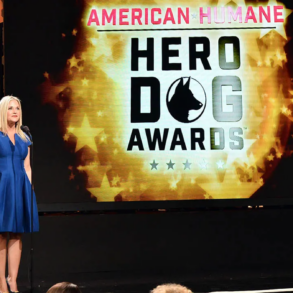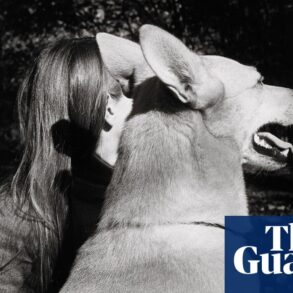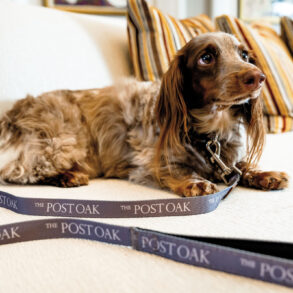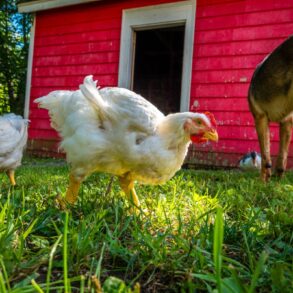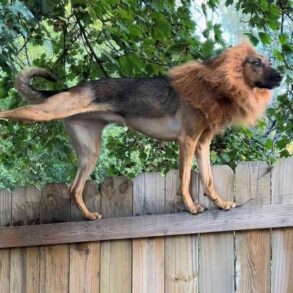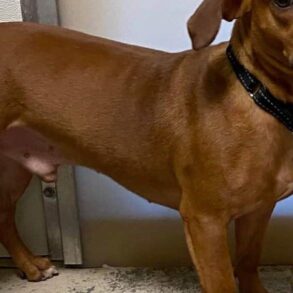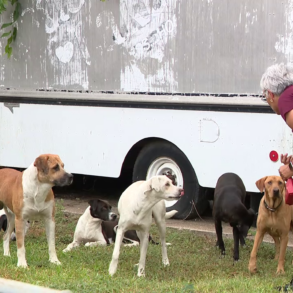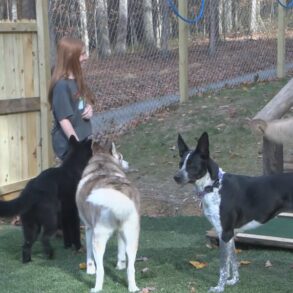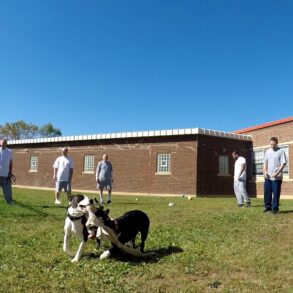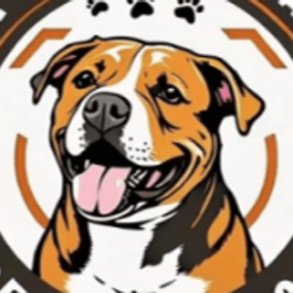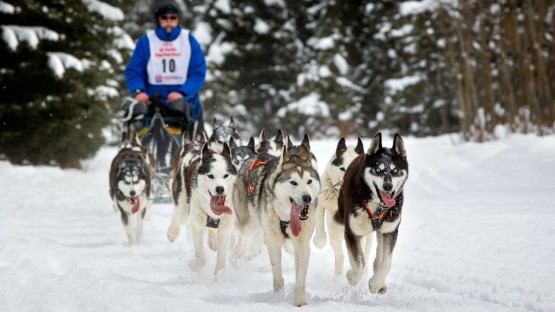
When breeders of Siberian huskies began contacting Heather Huson ’97, frantic after learning their purebred dogs were showing ancestry from other breeds in ancestry tests, Huson decided to find out why.
Huson – a former sled dog racer who is now associate professor of animal science in the College of Agriculture and Life Sciences (CALS) – was conducting research several years ago on the genomic variation in Siberians, based on whether they’re being bred for show, companion or sledding competition.
“There was a real concern from these Siberian breeders – who were mostly racing their dogs – that they were sending out their dogs’ DNA samples for analysis, more for the context of health traits, and they were getting breed ancestry information back that said their dog was not 100% Siberian husky,” Huson said. “Many (ancestry tests) were saying the Siberian huskies were a certain percentage Alaskan husky or Alaskan sled dog.”
That set Huson and colleagues on a new research path to examine thousands of years of Arctic sled dog ancestry, and when and how Siberian and Alaskan sled dogs’ DNA mixed.
Their massive genomic survey of the Siberian husky has revealed that sled dogs descended from two distinct lineages of Arctic canids and originated in the northeastern Siberian Arctic generations earlier than previously thought. The study also showed that approximately half of all Siberian huskies bred for racing have introgression with European breeds.
Huson is co-corresponding author of “Comparative Population Genomics of Arctic Sled Dogs Reveals a Deep and Complex History,” which published Sept. 14 in Genome Biology and Evolution.
The other corresponding author is Tracy Smith, senior lecturer in the Department of Biological Sciences at the University of Maryland, Baltimore County (UMBC). Krishnamoorthy (Kris) Srikanth, a postdoctoral researcher in CALS and a member of Huson’s lab, is the other co-author.
Huson said her team’s findings regarding genomic history are an important tool in the effort to sustain ancient lineages, such as the Siberian husky, and their unique evolutionary identity.
“We started this study to try to answer this question about breed admixture,” Huson said. “We wondered, is it really a common Arctic sled dog ancestry that is just showing up as Alaskan husky in Siberians? Or is it Siberian (DNA) that went into Alaskans, or Alaskan going into Siberian? How do we know which way it went?”
For their research, Huson and her team collected and analyzed DNA samples (or genomic data) from 344 dogs – mostly registered Siberian huskies but also Alaskan malamutes, Alaskan sled dogs, Chukotka sled dogs and one each of German shepherd, golden retriever, German shorthaired pointer, Samoyed and Saluki.
Gene flow between Siberian huskies and European breeds was found, and the researchers were able to determine that the flow was from European breeds to Siberians, and not the other way around. The team used the German shorthaired pointer, golden retriever and German shepherd to represent the European breeds.
By identifying gene flow from European breeds to Siberian huskies, it can be inferred that there was gene flow from Alaskan huskies – which are a mixture of European and Arctic breed ancestry – into the Siberian and that ancestry findings were not picking up common Arctic lineage between the sledding dogs.
Exactly when that occurred is still a mystery, although the researchers think it was after breed formation.
The researchers found that at least two distinct lineages of Arctic dogs existed in ancient Eurasia at the end of the Pleistocene era, which ended approximately 11,700 years ago. This finding pushes back significantly the origin of sled dogs in the northeast Siberian Arctic, “with humans likely intentionally selecting dogs to perform different functions,” the authors wrote. That kept concurrent breeding populations relatively reproductively isolated.
“It was thought that there was this one Arctic lineage,” Huson said, “but what we identified was that there are these two. One leads to our modern Siberian husky – smaller body size and stature – and the other one leads to this larger body size and to what we see now as Greenland sled dogs, and potentially the Alaskan malamutes.”
Understanding the genomic history is essential, the authors wrote, for developing effective policies and best practices for breed management.
“The more genetic diversity you have, generally the better your genetic health,” Huson said. “The slightly admixed racing Siberian huskies bring this genetic diversity to the population, yet confound the original Arctic lineage which produced early Siberian huskies.”
This work was supported by funding from UMBC, Neogen Genomics and the Siberian Husky Club of America.
This post was originally published on this site be sure to check out more of their content.




